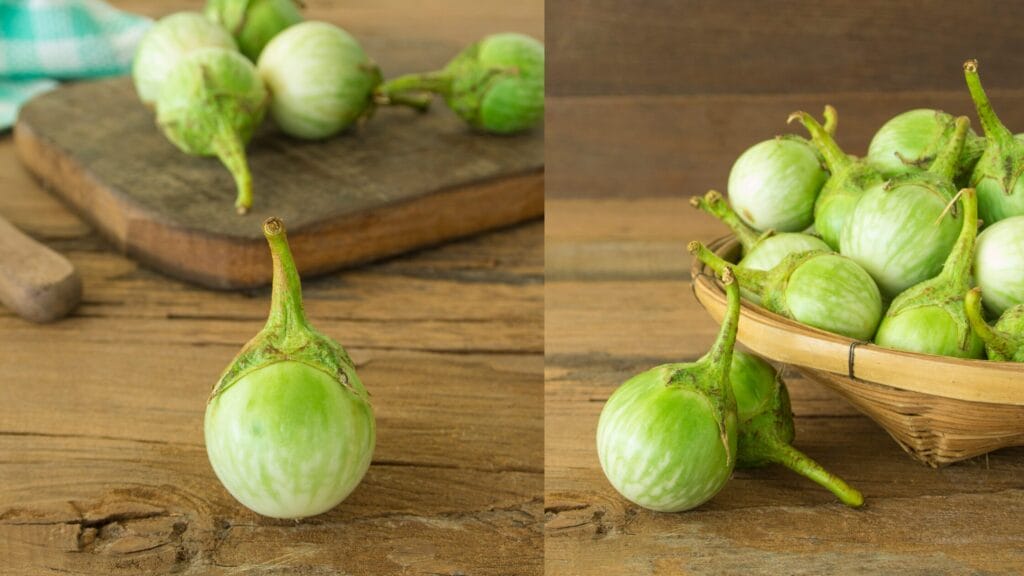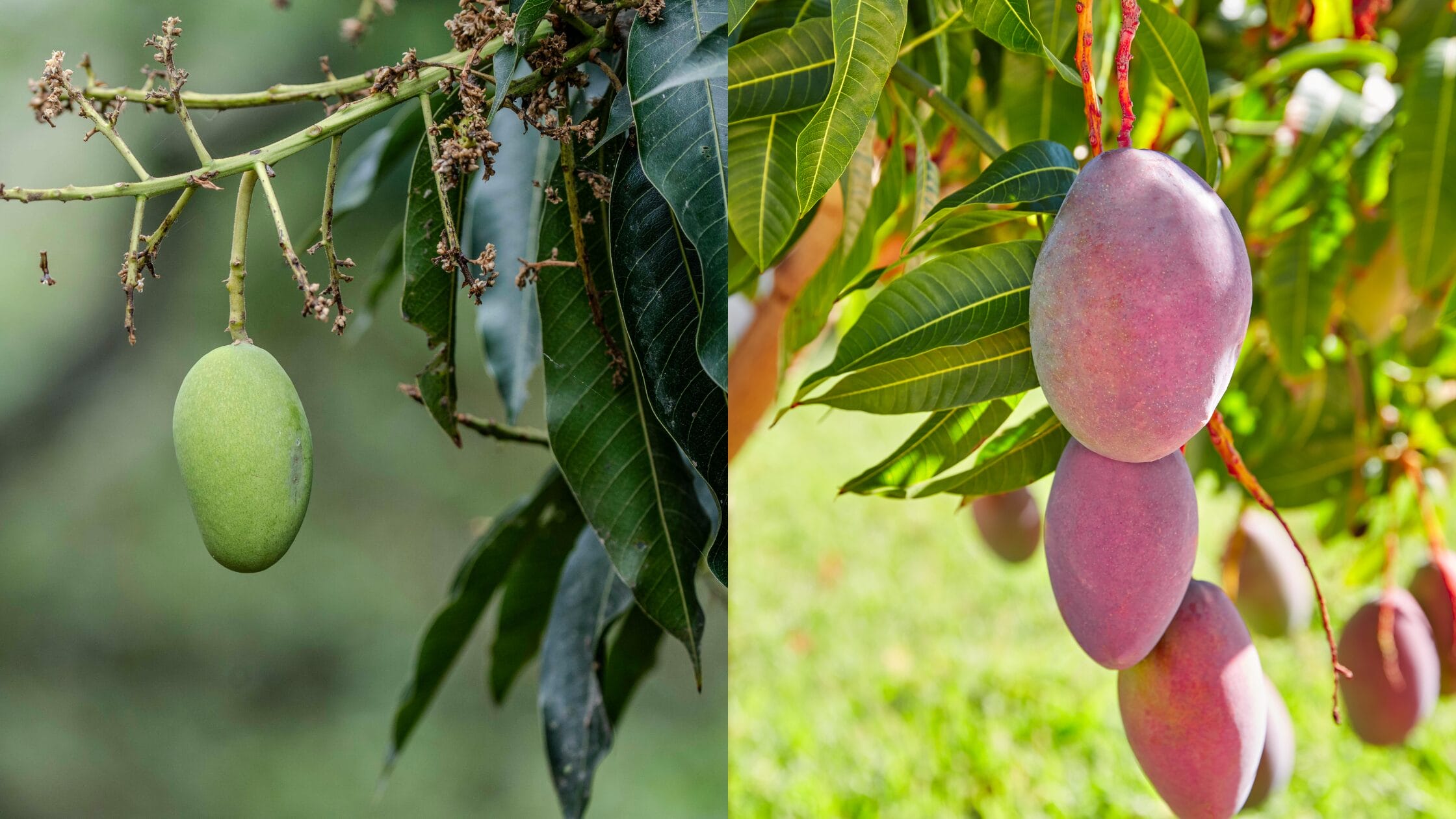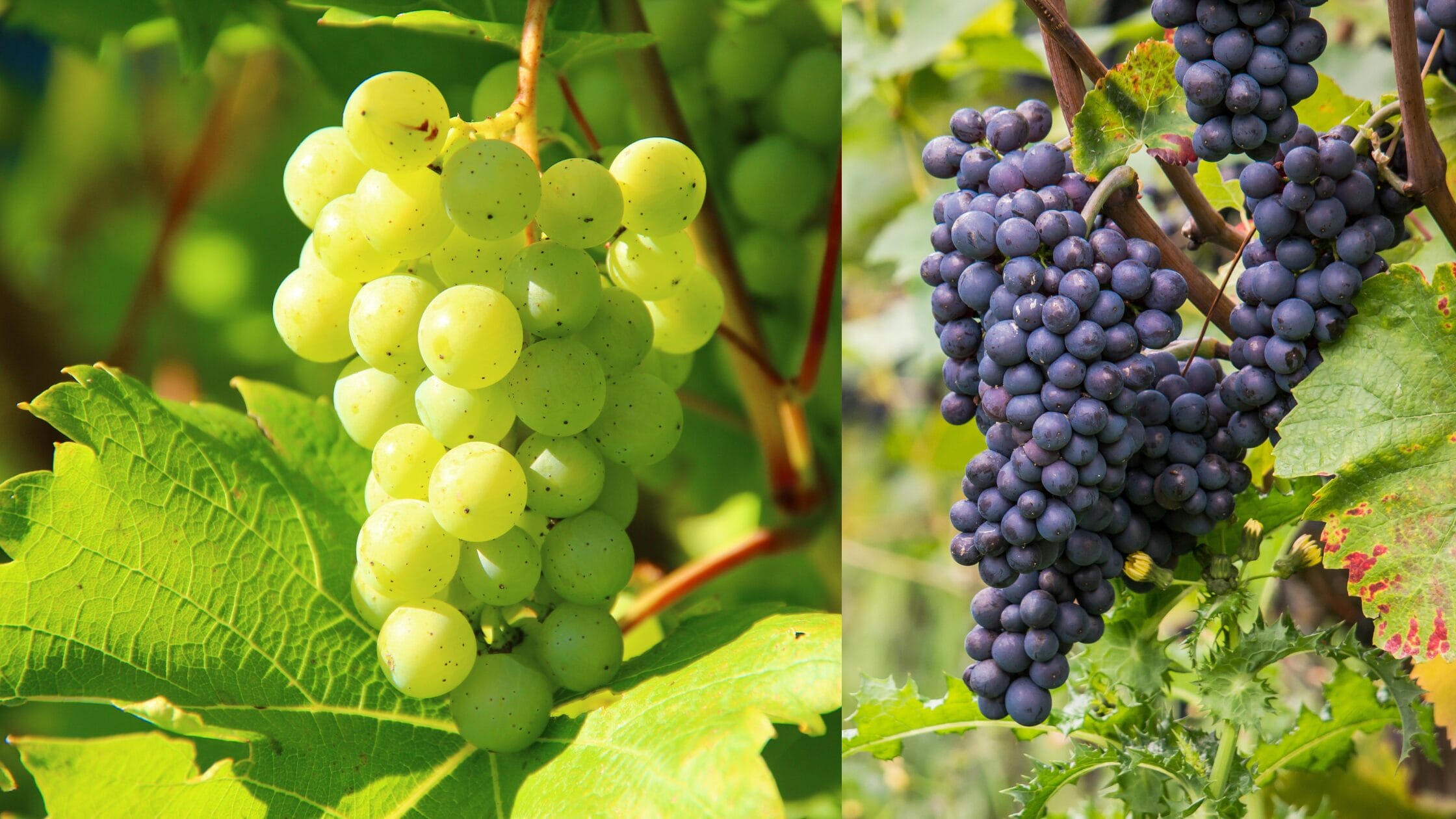Know Brinjal Benefits, Excellent Health and Nutritional Values, and Side-effects.

Brinjal Benefits:
Brinjal, also known as eggplant or aubergine, is one of the most versatile and widely cultivated crops in the world. Loved for its unique taste and culinary adaptability, this crop is a staple in Indian kitchens and many global cuisines. Beyond taste, brinjal holds immense nutritional and medicinal value. In this article, we will explore the health benefits of brinjal, answer the common question — Is brinjal a fruit or a vegetable?– and also learn about its scientific name and botanical background.
What is Brinjal?
Brinjal belongs to the family Solanaceae, which also includes tomatoes, potatoes, and peppers. It is native to India and Southeast Asia but is now cultivated in tropical, subtropical, and temperate regions worldwide. In India, it is grown throughout the year and is available in various shapes, sizes, and colours — from the small round purple varieties to long slender green or white ones.
Brinjal: Fruit or Vegetable?
One of the most common confusions about brinjal is whether it is a fruit or a vegetable.
- Botanical Perspective – Brinjal is botanically a fruit because it develops from the flower of the plant and contains seeds. In scientific classification, any seed-bearing structure formed from the ovary of a flowering plant is considered a fruit.
- Culinary Perspective – In cooking, brinjal is treated as a vegetable because it is used in savoury dishes rather than desserts, much like tomatoes and bell peppers.
Final Verdict: Brinjal is a fruit by botanical definition, but a vegetable in culinary use.
Scientific Name of Brinjal
The scientific name of brinjal is Solanum melongena.
It belongs to the genus Solanum and the family Solanaceae. The plant is a perennial in tropical climates but is usually grown as an annual crop in temperate regions.
Nutritional Profile of Brinjal
Brinjal is low in calories but rich in essential vitamins, minerals, and phytonutrients.
A 100-gram serving of brinjal contains approximately:
- Calories: 25 kcal
- Carbohydrates: 6 g
- Protein: 1 g
- Fibre: 3 g
- Vitamin C, Vitamin K, Vitamin B6
- Potassium, Manganese, Folate
- Antioxidants like nasunin (found in purple skin)
Health Benefits of Brinjal.

1. Rich in Antioxidants
Brinjal contains powerful antioxidants, particularly nasunin, which is found in its purple skin. Antioxidants help protect the body against damage from free radicals, reducing the risk of chronic diseases and premature ageing.
2. Good for Heart Health
The potassium and fibre in brinjal help regulate blood pressure and reduce cholesterol levels. Regular consumption can support overall cardiovascular health.
3. Supports Weight Loss
Brinjal is low in calories and high in fibre, making it an excellent choice for people aiming to lose weight. Fibre keeps you full for longer, reducing unnecessary snacking.
4. Controls Blood Sugar Levels
The high fibre content helps slow down the absorption of sugar in the bloodstream, making brinjal a suitable food for diabetics when consumed in moderation.
5. Improves Digestive Health
The soluble fibre in brinjal aids digestion, prevents constipation, and supports healthy gut bacteria.
6. Good for Brain Function
Nasunin, along with phytonutrients in brinjal, protects brain cell membranes and improves cognitive function.
7. Promotes Healthy Skin
Vitamin C and antioxidants in brinjal help maintain skin elasticity, reduce wrinkles, and protect against UV damage.
8. Strengthens Bones
Brinjal contains small amounts of calcium, magnesium, and potassium, all of which contribute to better bone density and strength.
Varieties of Brinjal
There are numerous varieties of brinjal grown worldwide. Some popular Indian varieties include:
- Pusa Purple Long – Long and slender purple fruits.
- Pusa Purple Cluster – Small, round purple fruits growing in clusters.
- Green Long Brinjal – Light green long fruits.
- Bhagyamati – Medium-sized fruits with a dark purple glossy surface.
- White Brinjal – Mild taste and attractive appearance.
Culinary Uses of Brinjal
Brinjal is extremely versatile and can be cooked in numerous ways:
- Baked or Roasted – Baingan bharta (roasted and mashed brinjal) is a popular Indian dish.
- Fried Brinjal fritters or pakoras are a delicious snack.
- Stuffed – Spices and herbs stuffed into brinjal make flavorful curries.
- Grilled – Used in Mediterranean dishes like baba ganoush.
- Stewed or Curried – Common in South Indian sambars and North Indian curries.
How to Select and Store Brinjal

Selection Tips:
- Choose brinjals with smooth, glossy skin and vibrant colour.
- They should feel firm but not too hard.
- Avoid those with blemishes, wrinkles, or soft spots.
Storage Tips:
- Store in a cool, dry place for up to 2 days.
- For longer storage, keep in the refrigerator’s vegetable compartment, but use within a week.
Brinjal in Traditional Medicine
In Ayurveda, brinjal is considered light, dry, and slightly bitter. It is believed to help balance the Vata and Kapha doshas when cooked properly. Traditional medicine uses brinjal for improving digestion, treating bronchitis, and even aiding in liver health.
Possible Side Effects of Brinjal
While brinjal offers many benefits, certain people should consume it cautiously:
- Allergies – Rarely, some may develop allergies to brinjal.
- Kidney Stones – Brinjal contains oxalates, which can contribute to kidney stones in susceptible individuals.
- Pregnancy – In large quantities, brinjal is sometimes avoided in traditional medicine during pregnancy due to its “heat-inducing” nature.
FAQs About Brinjal
- Is brinjal the same as eggplant?
Yes, brinjal and eggplant are the same plant. The term “brinjal” is common in India, while “eggplant” is used in the USA and “aubergine” in the UK. - Can brinjal be eaten raw?
It is not recommended to eat raw brinjal because it contains solanine, a compound that can cause stomach upset when consumed in excess. - What is the best way to cook brinjal for health benefits?
Steaming, roasting, or baking brinjal retains most of its nutrients. Avoid deep frying for a healthier option.
Also Read: Bitter Gourd Health Benefits: Nature’s Bitter Gift to Wellness.
Final Thoughts
Brinjal (Solanum melongena) is more than just a humble vegetable in your kitchen — it’s a nutrient-rich food with numerous health benefits. Whether you call it brinjal, eggplant, or aubergine, this fruit (botanically) but vegetable (culinarily) deserves a regular spot in your diet. Its antioxidants, vitamins, and minerals make it beneficial for heart health, digestion, weight control, and even skin health.
From a simple curry to gourmet delicacies, brinjal can be transformed into countless delicious dishes. So next time you see those glossy purple beauties at the market, remember — you’re not just buying a tasty ingredient; you’re adding a powerhouse of nutrition to your meals.






